Quite by chance my recent trip to visit family in Eugene, Ore., coincided with an exquisite exhibition of Japanese theater prints and other artifacts on view at the Jordan Schnitzer Museum of Art, a major center for Asian study, located on the grounds of the University of Oregon in Eugene.
I have a particular affinity with Japanese theater, as some years ago I had had the privilege, as an actor, to perform a leading role in an authentic Kabuki play under the direction of two noted Kabuki actor-directors from Tokyo: Matsumoto Koshiro VIII and his colleague, Nakamura Matagoro II.
The play, “Kanjincho,” was produced by Institute for Advanced Studies in the Theater Arts (now defunct) in New York City, with authentic costumes from Tokyo.
Through communications manager of the museum, Debbie Williamson-Smith, I had the opportunity to speak with Anne Rose Kitagawa and Glynne Walley, co-organizers of the exhibition, which is titled Art of Traditional Japanese Theater.
Kitagawa’s duties as chief curator of collections and Asian art and director of academic programs include preserving and interpreting the museum’s distinguished Chinese, Korean, and Japanese collections.
Professor Walley teaches East Asian Languages and Literatures at the University of Oregon. The exhibition supports his recent courses on traditional Japanese theater and was intended to give students and museum visitors a sense of the refinement, mystery, and pageantry of the No, Kyogen, Kabuki, and Bunraku theatrical forms.
“Professor Walley’s show makes clear the fascinating symbiotic relationship between stage and page—the performance as acted and experienced by theatergoers as it relates to the ingenious literature and artistic media produced to cater to that audience,” Kitagawa said.
The Jordan Schnitzer Museum of Art (JSMA) was founded in 1932 by Gertrude Bass Warner as the Murray Warner Collection of Oriental Art. It houses not only nearly 14,000 objects of fine and decorative arts, primarily from China, Japan, and Korea, but American and European works as well.
For this exhibition, the JSMA’s two permanent Japanese Preble/Murphy Galleries exhibit 72 objects (roughly half from the museum’s permanent collection and half on loan from private and public collections). Included are not only woodblock prints depicting actors in the aforementioned four forms of Japanese theater, but also selected paintings, printed books, carved netsuke toggle-weights, an elegant No robe, a carved wooden mask, and three exquisite Bunraku puppets.
There is also a touch-screen display wherein visitors can view short film clips of actual performances of traditional Japanese plays as well as historic photographs.
The expansive, detailed exhibition had a profound effect upon me, as its contents brought powerfully to mind my personal experience with Kabuki and other elements of Japanese culture.
Four Dramatic Forms
In No, which utilizes music, dance, and drama, movement is slow and language is poetic, with performances often lasting a full day. The square wooden stage is usually built three feet off the ground, and it is constructed so that performers’ foot stamps are heard loudly. All roles, male and female, are performed by men.
The print of “The Fulling Block,” a No drama, portrays a wife “fulling” or beating cloth to soften it. As her husband is away on business, the wife pines away and ultimately dies.
An example of Kyogen (a comic piece performed at intervals between the main No performance) is remarkable in that it was created by a Scottish woman, Elizabeth Keith, who lived in Japan for a period of time and studied the Japanese techniques.
“Ms. Keith was a very serious artist, and her depiction of the actor Shigeyama is elegant, nuanced, and accurate,” Kitagawa said.
Bunraku, which has roots dating back to the late 16th century, shares many characteristics and much of its repertoire with Kabuki, but instead of utilizing live actors, it consists of large puppets manipulated by specialized performers. The Bunraku example shows actors Monjuro and Jihei manipulating two life-sized puppets.
Kabuki, arguably the most vivid and dramatic of the forms, originated with suggestive dances presented by social outcasts, and developed into the popular culture mainstay of early modern Japan.
Interestingly, Kabuki was first performed in 1603 by a woman, Izumo no Okuni, with female performers portraying both men and women. Later, there was a shift to its present form, with male performers portraying all roles.
As I mentioned earlier, I had performed in a Kabuki play in New York. However, inasmuch as our acting company comprised both men and women, some women played male roles. The complex literature of Kabuki plays, still in repertoire today, contains about 250 plays.
In “Ya-no-ne,” Ichikawa Danjuro IX is apparently executing a mie, a stern pose taken to illustrate an important element in the action of the play, and often executed with crossed eyes.
The mie is usually performed either stage center facing the audience, or on the hanamichi, a platform leading from the rear of the theater onto the stage proper.
The imposing Matsumoto Koshiro V is shown in the Kabuki play “Precious Incense and the Bush Clover of Sendai.” Another print shows Nakamura Shikan II (an onnagata, one who plays female roles) in an exquisite flowing gown as Ohatsu. It might be interesting to note that the co-director of the production in which I performed was himself an onnagata.
In a striking print, Matsumoto Koshiro VII portrays the villain Ikyu in the “Supplement to Collection of Shunsen Portraits.”
JSMA’s exhibition runs through July 6, 2014. For more information visit jsma.uoregon.edu
Diana Barth writes and publishes New Millennium, an arts publication. For information: [email protected]

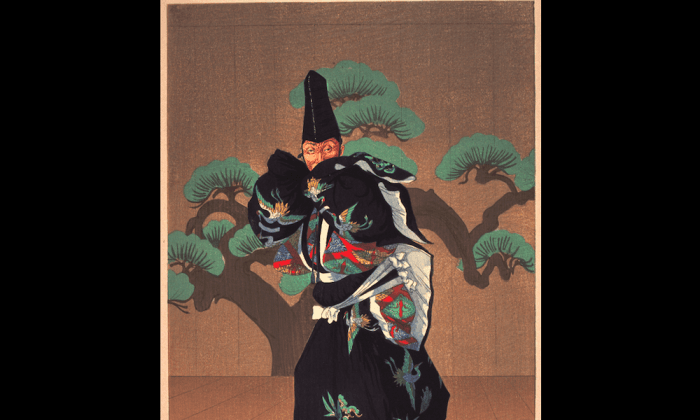
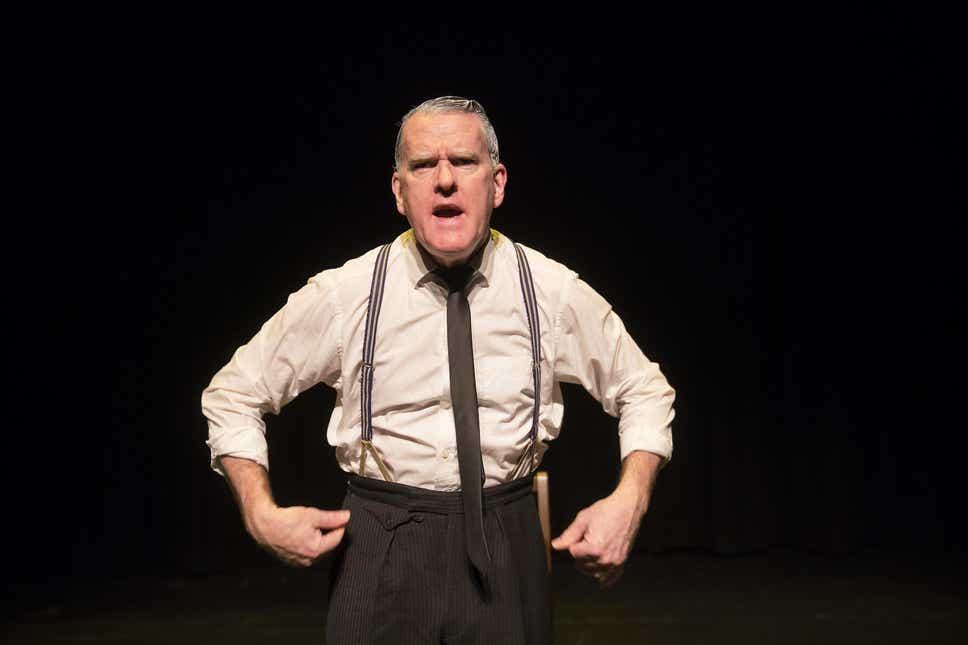
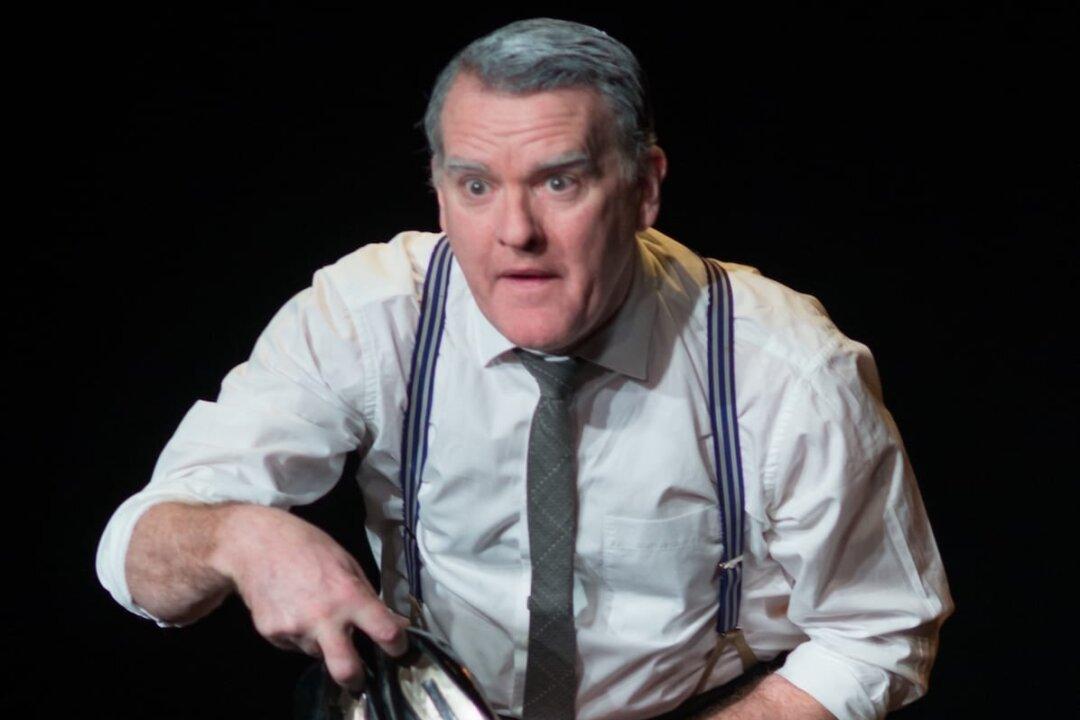
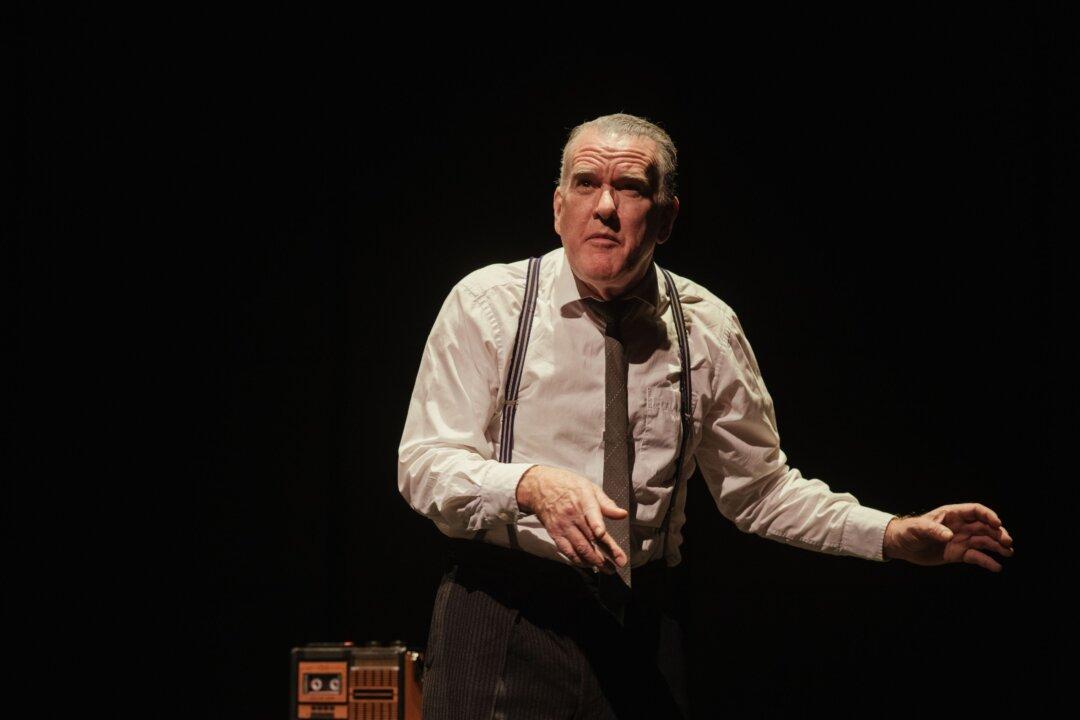
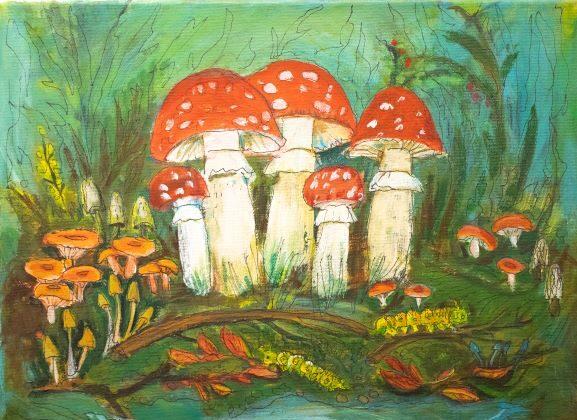
Friends Read Free